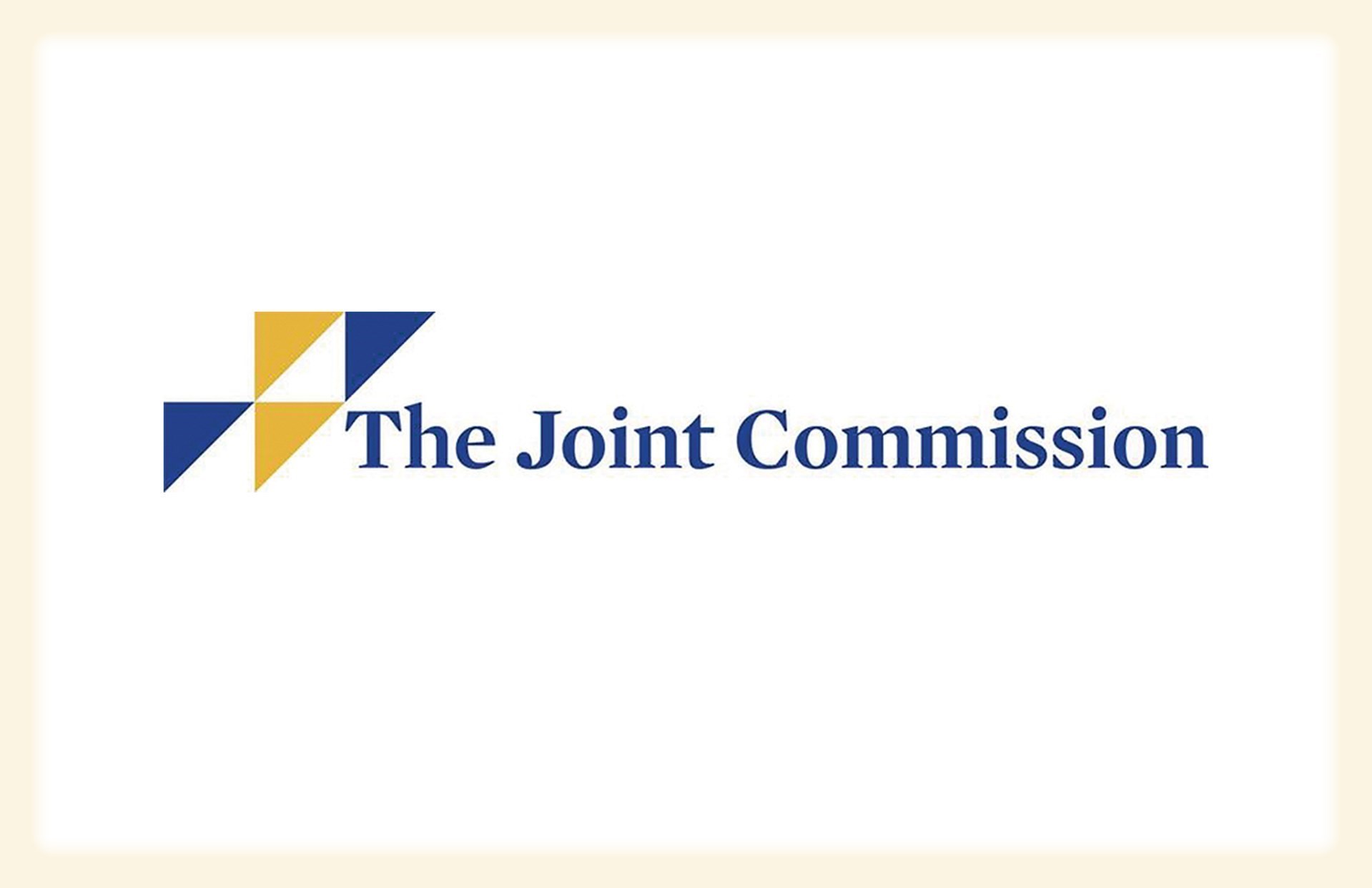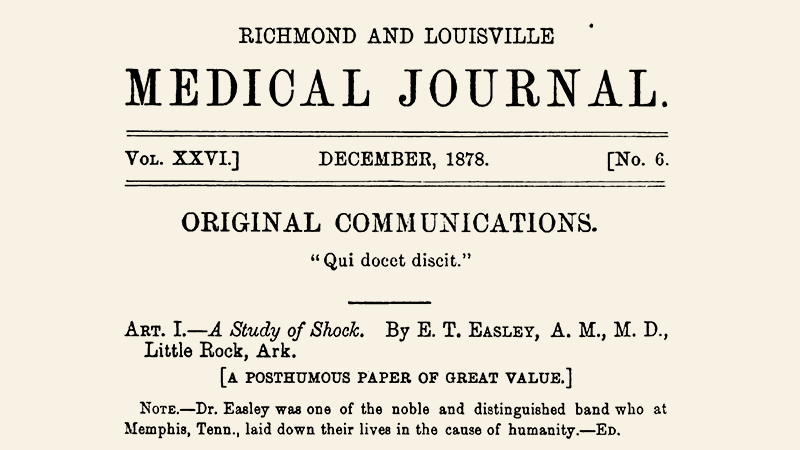As a profession, we are entrusted with the privilege and responsibility of self-regulation. We set our standards, measures, and control other significant aspects of how we practice surgery, as well as all elements of the related preoperative, postoperative, consultative, and post-discharge patient care. Some of the challenges in healthcare reform over the years demonstrate what can happen when those who have never cared for a patient make decisions about the delivery of essential care. If we do not self-regulate appropriately, or don’t use evidence-based metrics, other entities would be pleased to regulate our profession for us.
While we are fortunate to regulate ourselves, the responsibility is substantial. The well-being of our individual patients, and our broader impact on the healthcare system, is in our hands. Our impact reaches far beyond a single patient to all patients in all communities, as we strive to heal all with skill and trust.
The concept of self-regulation must utilize every voice and every experience of the operating surgeon. There has historically been an emphasis on competency-based medical education. The notion that outcomes and observable abilities are more meaningful than purely time-based documentation is now reflected broadly in the literature across many specialties.
The Missing Piece
The training and continuing education of a surgeon, by and large, is designed to build that surgeon’s fund of knowledge. Our Board examinations comprise both multiple-choice questions and open-ended oral exam answers. We read textbooks and the current literature and learn through daily interactions with colleagues and mentors. What is missing is a way to know if an individual can actually operate. How can we, as a profession, accurately and meaningfully assess the technical skills of a surgeon? What mechanisms can we apply to measure our surgical abilities and competencies?
Those attending Clinical Congress next month in San Diego will be able to participate in an early pilot that represents a potential step toward objectively assessing surgeons’ skills by identifying the best techniques of expert surgeons.
The Surgical Metrics Project will be part of our Exhibit Hall offerings near ACS Central. The project measures a surgeon’s performance for a specific surgical skill through synchronized video, audio, and motion detection. In this case, it is a 30-minute laparoscopic ventral hernia repair using a tabletop fabric model of the abdominal wall. Following the procedure, a surgeon will get a snapshot report card of his or her results.
We were excited and encouraged when this program debuted at Clinical Congress 2019 in San Francisco, and we look forward to increasing the data collected during this year’s event. As Carla M. Pugh, MD, PhD, FACS, professor of surgery and director of the Technology Enabled Clinical Improvement Center, said, “Mapping the technical decisions of experienced surgeons allows the creation of risk-assessment maps that provide great insight into the efficiency and potential risks of certain actions and decisions.”
In 2019, 255 surgeons of all experience levels took part in the project to “run the bowel” and make two repairs on porcine intestine. Because EEG sensors measured brain waves, neural activity at critical points of the procedure was tracked; in addition, leak rates of different methods of performing the operation were recorded. The data provided valuable insight into best techniques, allowing the surgeon to reassess decision-making processes.
There may be dozens of ways to approach any given operation, and the Surgical Metrics Project will help us determine which of those methods are most efficient and effective, and which are not ideal—across hundreds of common surgical procedures, across all specialties. As we learn and evolve, it may be possible to definitively state that there is a “best” way to perform a given procedure where no consensus currently exists.
Establishing Surgery’s Gold Standards
Approaches such as the Surgical Metrics Project can give us macro-level data on surgical procedures and guide us to more stringent standards in our profession. We won’t have all of the answers tomorrow, but this project can help us establish true procedural gold. Once it is clear how experts perform operations, those data can be used to determine how a novice can proceed to mastery.
The long-term goals will not only be to help young surgeons achieve competency, but also to facilitate moving established surgeons from competency to mastery. Even the best surgeons, for example, might execute 10 segments of a 12-step operation with finesse, but this effort can assist in achieving mastery in the remaining two.
Eventually, it may be possible to provide individualized progress reports.
Much like sports coaches, we'll be able to use recordings to demonstrate optimal techniques. Even short snippets of video can have an impact on an outcome for a patient or can be effective teaching adjuncts.
Mastering Ergonomics
One essential, but oft-overlooked component of surgery relates to ergonomics.
Surgery is a physically demanding profession, and many of us don’t recognize the ways in which how we stand, how the OR table is positioned, how heavy our lead might be, and how we use devices may negatively contribute to our own physical health and career longevity. Neck, shoulder, spine, and wrist injuries, in particular, can result from poor ergonomics and can prematurely truncate a surgeon’s career.
To help raise awareness about ergonomics and repetitive strain injury, the ACS will host its first Surgical Ergonomics Hands-on Clinic, which also will be in the Exhibit Hall during Clinical Congress. The clinic will offer three simulation stations, and a certified physical therapist, to teach attendees how to take better care of our health so that we can provide the best care for our patients. You can read more about the importance of ergonomics in this month's lead story, Surgeons Face Unique Ergonomic Challenges.
There are, of course, many educational opportunities at Clinical Congress—both didactic and hands-on—that will help us improve the way we practice. You can view the entire program at facs.org/clincon2022.
As Clinical Congress draws closer, I remain excited about meeting again with friends, colleagues, and new members. If you haven’t yet registered, please take advantage of pre-conference registration rates. ACS Resident and Medical Students can register for free before October 15, as can initiates. I’m excited to report that this is another record year for our newest Fellows! During Convocation on Sunday night, we will welcome 2,355 new Fellows. We also will recognize initiates from 2021 and 2020, who were part of online ceremonies during the pandemic.
As a rising tide lifts all boats, adding new minds and collective experiences to our team is a significant step in our responsibility to our patients and our profession.
If we are trusted to maintain the stringent standards of our profession, we must embrace all opportunities to learn and move forward. Clinical Congress represents one such opportunity.










